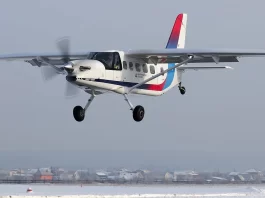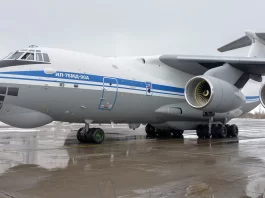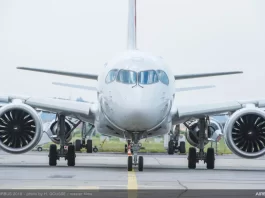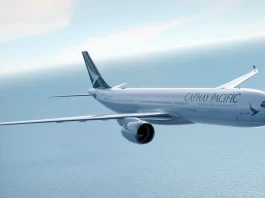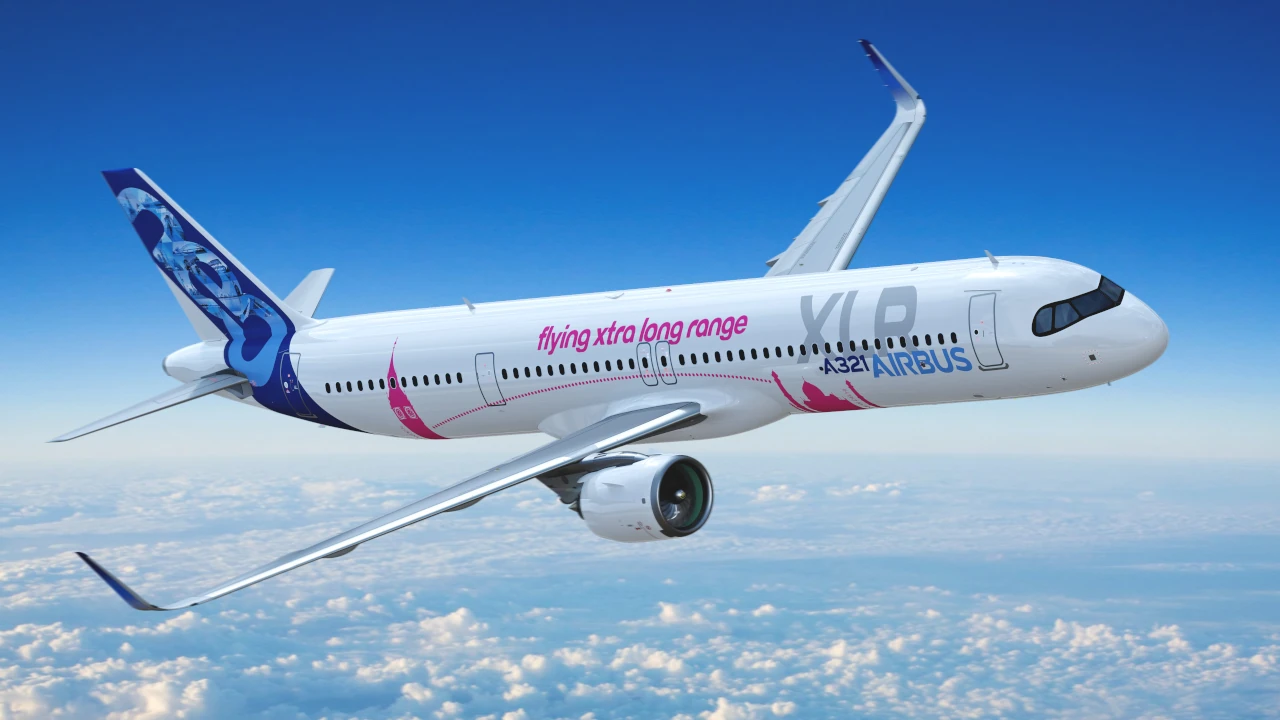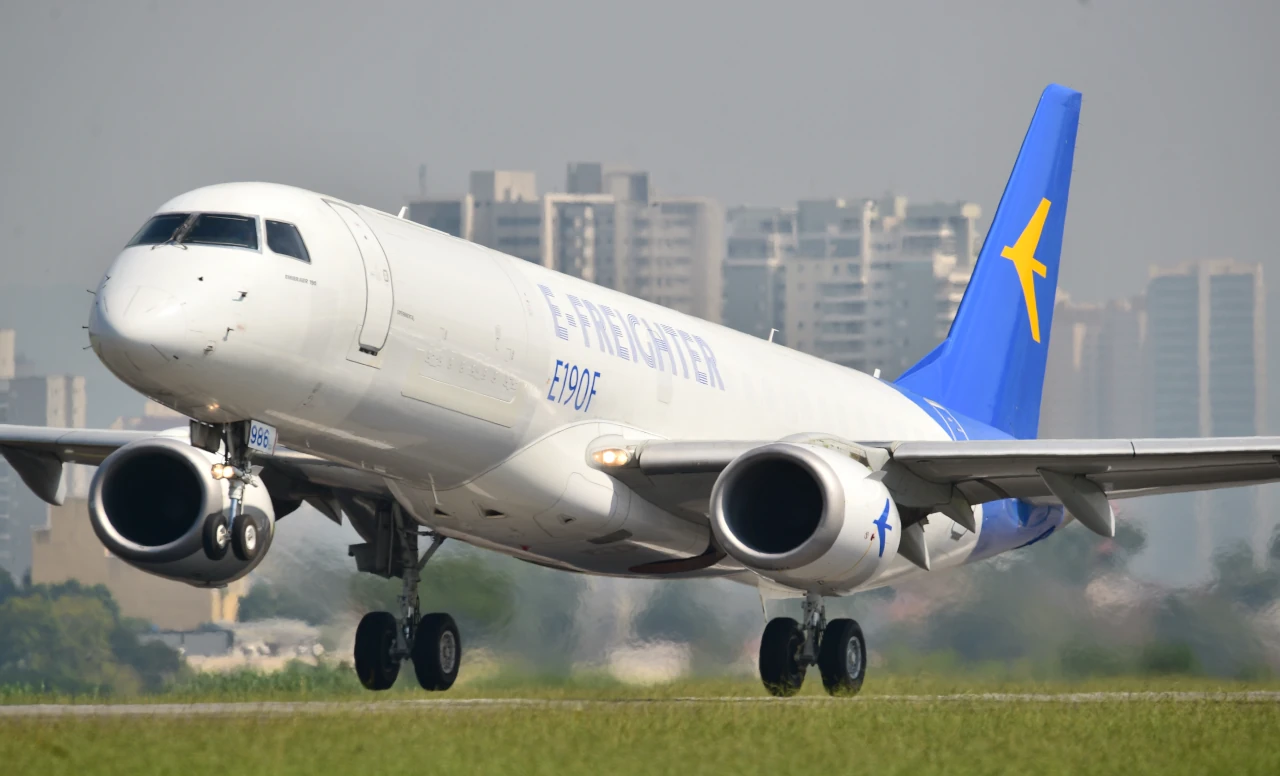Despite setbacks in recent years, the Boeing 737 Max remains a competitive option in the single-aisle airliner market, with over 4,100 orders on the books.
The Max 10, the jet’s largest form, has failed to compete in the large single-aisle airliner market with its Airbus counterpart, the A321neo.
As the XLR, an ultra-long-range version of the A321neo that can fly about 1,000 miles further than the Max-10, approaches service, Airbus’ competitive advantage is set to grow even stronger.
But Boeing disagrees.
During a recent briefing, Boeing’s Vice President of Marketing, Darren Hulst, expressed reservations about the Airbus A321XLR’s potential market impact. He told reporters during a conference explaining the company’s latest market outlook in July, “I think the XLR, while interesting in terms of its capabilities or potential capabilities, is probably still not something that really tips the market.”
This response underscores Boeing’s continued tactic of downplaying Airbus’ competitive advantage with the A321XLR, which is geared for long-haul flights and has already received over 500 orders from various airlines.
Boeing’s perspective is based on the idea that the larger single-aisle market is still focused on shorter routes, with long-haul single-aisle aircraft accounting for little overall demand. According to Hulst, flights beyond 3,000 miles account for approximately 0.2% to 0.3% of the single-aisle market, indicating that aircraft like the XLR have limited appeal. Although the A321XLR has a range of up to 4,700 nautical miles, Boeing predicts that the majority of future demand will be for classic narrowbody aircraft designed for shorter distances.
The Airbus A321neo is now outselling the Boeing 737 Max 10 by 7:1, with 7,800 orders for the A321neo and 1,180 for the Max 10.
During the outlook call, Boeing maintained its confidence in the Max 10 as a viable competitor rather than implying the need for a new aircraft to compete in the sector.
“I think overall, though, the larger part of the single-aisle space is still increasing, and that’s why we created the 737 Max 10 and why we need to get that jet certified into our customers,” Hulst said.
Boeing originally dominated the big single-aisle market with the 757, but now lags behind Airbus since the production ended in 2004.
Airbus introduced the A321XLR in 2019 as a modern version of the Boeing 757, aimed at airlines that valued the aircraft’s performance, versatility, and range.
Airlines like Delta, which still maintains an aging fleet of approximately 100 757s, have long pressed Boeing for a true successor, known as the NMA or New Middle of Market Aircraft.
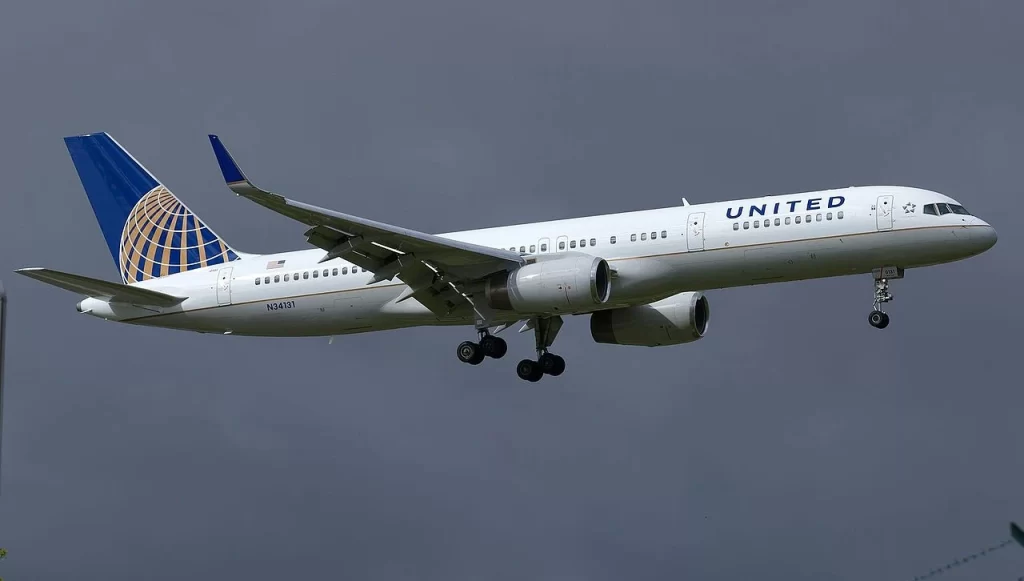
In 2015, Boeing felt that the market was large enough to introduce a new design. In 2017, many airlines expressed interest in a composite seven-abreast twin-aisle with an oval cross-section. The new aircraft, most likely designated the Boeing 797, would be released in two versions: a 225-seater with a range of 5,000 nmi or 9,300 km and a 275-seater with a range of 4,500 nmi or 8,300 km. Third-party predictions for this market ranged from 2,000 to 4,000 aircraft, with Boeing expecting market demand to be at the higher end of this range. At an estimated $65-75 million cost, the NMA was predicted to generate 30% more revenue than narrowbodies while incurring 40% lower trip expenses than the widebodies it would replace. It would have been powered by a new 50,000 lbf (220 kN) turbofan from GE Aviation/CFM International or Pratt & Whitney, with a bypass ratio of at least 10:1 and an overall pressure ratio of more than 50:1.
In January 2020, Boeing halted the plans and announced a complete reevaluation of the project.
While the NMA offered a potential solution to the gap between the single-aisle and widebody market, Boeing is exploring other avenues. One possibility is to optimize the 737 MAX through continued development and improvements, potentially extending its range and capacity for longer routes. Another option is to stretch the 737 MAX, increasing seat count without significantly affecting range. Finally, Boeing might consider a completely new aircraft design incorporating advanced technologies to meet specific market demands.
The Max 10 and the A321XLR are both being certified. The XLR earned type certification from European regulators last month and is set to begin service later this year. At the same time, the Max 10 will not be available until at least 2025.
Boeing’s most recent market outlook, announced on July 26, predicts that the world’s airlines will require roughly 44,000 new planes over the next 20 years, with single-aisle airliners such as the Max accounting for more than three-quarters of that demand.

